Nothing Found
Sorry, no posts matched your criteria
Sorry, no posts matched your criteria
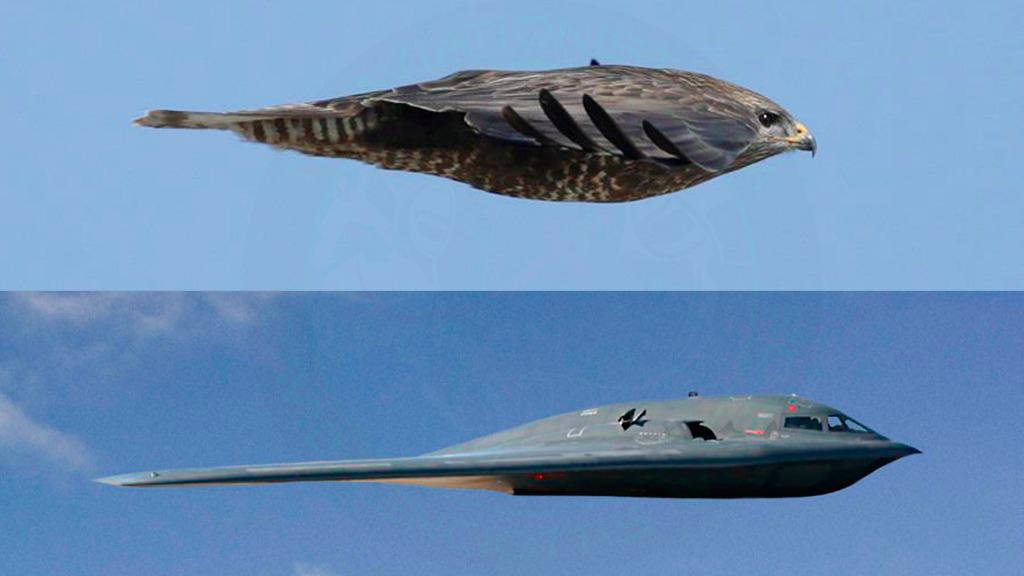 The big news in the US defence establishment this week was the resignation of Secretary Chuck Hagel. Reflections, recriminations and reasoning have come from every corner, so here’s a handful from the New York Times, the National Interest, the New Republic, Defense One and War on the Rocks.
The big news in the US defence establishment this week was the resignation of Secretary Chuck Hagel. Reflections, recriminations and reasoning have come from every corner, so here’s a handful from the New York Times, the National Interest, the New Republic, Defense One and War on the Rocks.
Hagel has been given good grades for his work in support of the US pivot to Asia. Michael Green over at Foreign Policy thinks Hagel’s departure ‘will cause as much angst as head-scratching’ in the region, particularly amongst allies, with a view that his Defense Department was one of the few agencies really delivering on the rebalance. A piece over at The Diplomat makes a similar case, examining the Defense Secretary’s tenure and the fundamentals of the pivot. With Secretary Kerry notably less interested in Asia than was Secretary Clinton, is the rebalance slipping as a national security priority for the US?
In a new Commentary for CSIS, Adelle Neary reflects on Jokowi’s vision for Indonesia as a ‘global maritime nexus’. While a key source of Indonesia’s economic and security challenges, the new president’s policy embraces geography as an asset and an opportunity for wider collaboration on maritime issues. ASPI this week published a paper by Ristian Atriandi Supriyanto on the potential for maritime cooperation between Australia and its northern neighbour.
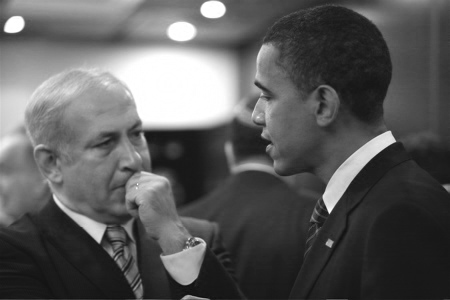 When it comes to cutting a nuclear deal, Tehran has to be convinced that Iran will be punished if it reneges on a deal and rewarded if it complies. The solution to that problem rests in the currently troubled US–Israeli alliance.
When it comes to cutting a nuclear deal, Tehran has to be convinced that Iran will be punished if it reneges on a deal and rewarded if it complies. The solution to that problem rests in the currently troubled US–Israeli alliance.
The ability to determine if Iran is complying with a deal hinges upon both the International Atomic Energy Agency’s (IAEA) ability to monitor Iran’s progress towards denuclearisation and reliable intelligence—neither of which is foolproof. Many skeptics fear that as Iran’s economy recovers from years of mismanagement and isolation, the hardliners will use their country’s newfound largesse to refuel their nuclear program. They rightly point out that once the sanctions regime is unwound it will be harder to put back together again. International businesses benefiting from access to Iranian markets will lobby hard against sanctions being reimposed even if Iran is caught cheating.
The instruments that the most significant actors in the region have at their disposal vis-à-vis Iran allow them to take different parts in the same play. Many continue to believe—mistakenly—that any settlement rests upon the Americans doling out sticks while the French and the Russians serve up the carrots. However, one Great Recession and two quagmires later it’s time for a change in roles. Read more
The rise of the Islamic State of Iraq and al-Sham (ISIS) poses a serious challenge to Iraq’s future. The lacklustre performance of the Iraqi military bodes ill for the prospects of the government recovering control of a major Sunni urban centre such as Mosul. And the involvement of regular Western military forces to sustain the Iraqi government is all but unthinkable in the absence of a credible political program to reverse the weakening of the Iraqi state.
Iraq has struggled to find a durable balance between the multiple political forces unleashed since 2003. A decade after the deliberate dismantling of the previous security and political structure by the United States, Prime Minister Nouri al-Maliki has failed to provide the leadership required to bridge complex divisions along sectarian lines between Sunni and Shia parties and personalities. Iraq’s Sunni elite remain aggrieved and sceptical toward the Shia-dominated government. No credible political solution to their growing sense of marginalisation has been offered.
That backdrop of division and political ineptitude is a key factor against which the prospects for containing and defeating the ISIS challenge must be assessed. Read more
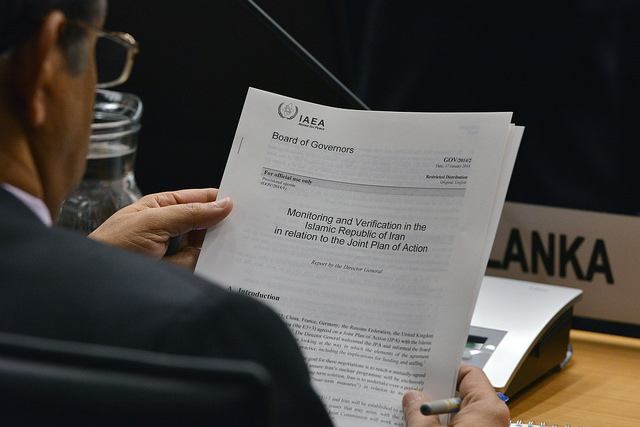 The six-month temporary agreement between Iran on the one hand and US, UK, France, Germany, Russia and China on the other is rapidly running out. The Joint Plan of Action (JPA) took effect on 20 January, and therefore expires on 20 July. The JPA is renewable by mutual consent, so no great drama necessarily ensues in late July. But readers might like a quick summary of what’s happening.
The six-month temporary agreement between Iran on the one hand and US, UK, France, Germany, Russia and China on the other is rapidly running out. The Joint Plan of Action (JPA) took effect on 20 January, and therefore expires on 20 July. The JPA is renewable by mutual consent, so no great drama necessarily ensues in late July. But readers might like a quick summary of what’s happening.
In truth, reports of the negotiations paint a confused picture about how much progress is being made towards a comprehensive agreement. Iran’s insistence on being able to manufacture sufficient low-enriched uranium to avoid a reliance on foreign suppliers for nuclear fuel is clearly a major sticking point. Much depends on how the parties eventually define Iran’s ‘practical needs’ for enrichment technology. But if those needs include the capacity to supply fuel for the current reactor at Bushehr and other planned reactors there, Iran would need centrifuges in the tens of thousands. Iran’s nuclear chief has estimated it would need 50,000 centrifuges, which is about 30,000 more than it has now. Somehow, I don’t think that’s going to fly. Read more
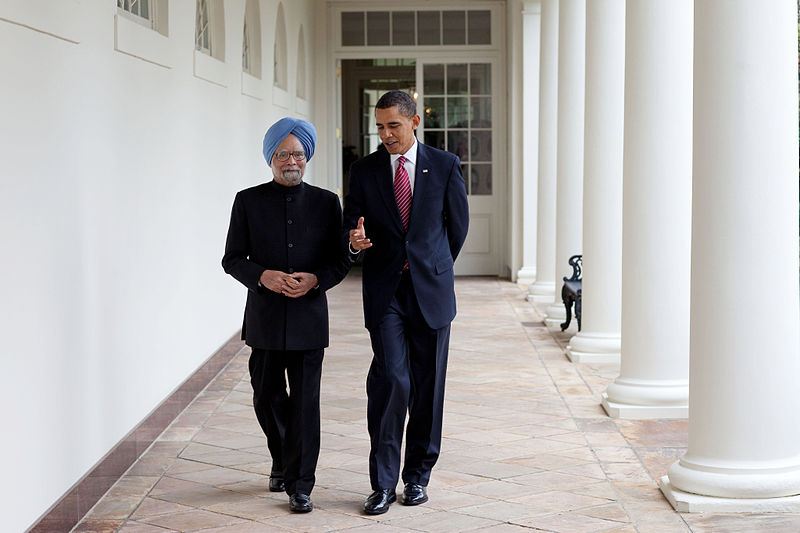 Welcome back for another round of new reports, developments in regional and international security and upcoming events.
Welcome back for another round of new reports, developments in regional and international security and upcoming events.
First for today is a new report by the Center for a New American Security that studies the growing bilateral network of security ties between six Asia-Pacific countries: Australia, India, Japan, Singapore, South Korea and Vietnam. In the report, they authors systematically identify increased security cooperation activities and provide policy recommendations for the US.
In other news, the US is now signalling both Iran and Israel that all options are still on the table with the successful testing of missiles capable of destroying Iran’s underground nuclear facilities. For background material on the program, including predecessors going back to WWII’s Grand Slam weapon (video), see here. Read more
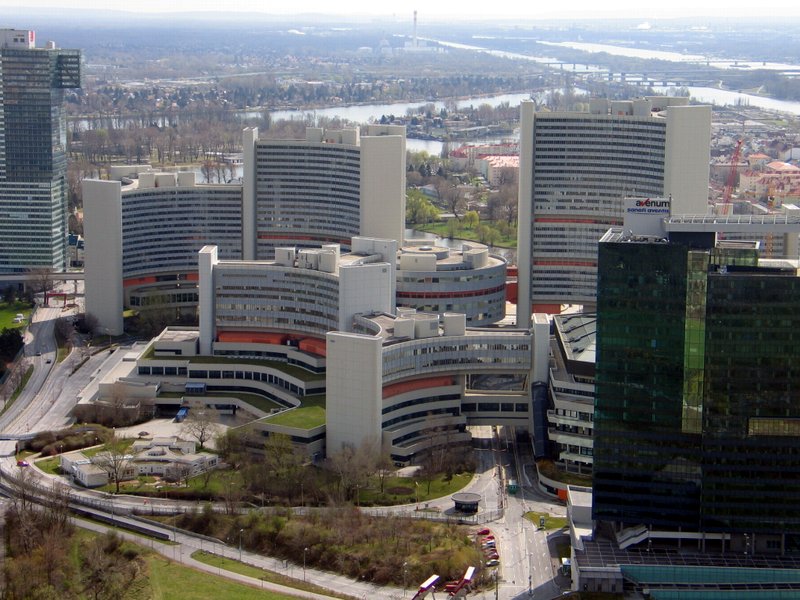 On 22 May, the International Atomic Energy Agency (IAEA) released a new report on Iran’s nuclear activities. Nothing in it was particularly shocking, but like the many similar reports that preceded this one, it’s a stark reminder of the international community’s failure to halt Iran’s nuclear progress, despite over 10 years of diplomatic and covert efforts. According to technical experts, despite a series of UN Security Council sanctions and other autonomous sanctions imposed by individual states, Iran has made progress across the board in its nuclear program. It has stepped up the pace of uranium enrichment, increased the volume of material that it is enriching to a higher level (not quite weapons grade, but most of the way there), and is pushing ahead with a program to produce plutonium. At the same time, satellite photos indicate that Iran is trying to conceal evidence that it conducted nuclear weapon-relevant experiments at a site in Parchin. Amid these revelations, diplomats working at IAEA headquarters in Vienna have been quietly sharing their concerns, warning that Iran has significantly reduced the time it would need to produce a crude nuclear device.
On 22 May, the International Atomic Energy Agency (IAEA) released a new report on Iran’s nuclear activities. Nothing in it was particularly shocking, but like the many similar reports that preceded this one, it’s a stark reminder of the international community’s failure to halt Iran’s nuclear progress, despite over 10 years of diplomatic and covert efforts. According to technical experts, despite a series of UN Security Council sanctions and other autonomous sanctions imposed by individual states, Iran has made progress across the board in its nuclear program. It has stepped up the pace of uranium enrichment, increased the volume of material that it is enriching to a higher level (not quite weapons grade, but most of the way there), and is pushing ahead with a program to produce plutonium. At the same time, satellite photos indicate that Iran is trying to conceal evidence that it conducted nuclear weapon-relevant experiments at a site in Parchin. Amid these revelations, diplomats working at IAEA headquarters in Vienna have been quietly sharing their concerns, warning that Iran has significantly reduced the time it would need to produce a crude nuclear device.
These are worrying developments, and yet the Gillard government’s response to the Iran nuclear threat receives very little coverage in the national media. This may be due to an assumption that, because Australia is strategically remote from the Gulf region, and is not among the six states that have taken the lead on diplomatic negotiations (the so-called P5+1: China, France, Russia, the UK, the US plus Germany), Canberra doesn’t have a significant role to play. But this isn’t the case. Despite a history of strong trade relations and political engagement with Iran, which were hardly disrupted by the Iranian Revolution and US hostage crisis, Australia has taken a strong and consistent stand against Iran’s nuclear defiance. Read more
 President Obama’s recent comments in an interview with an Israeli TV show about the Iranian nuclear program are a timely reminder that the issue hasn’t gone away. In the interview, which aired on 14 March, he said that an Iranian nuclear weapon was still more than a year away but ‘we don’t want to cut it too close’, and restated his position that Iranian possession of a nuclear weapon was ‘a red line’ for the US. On Monday 18 March he called for full disclosure of the Iranian nuclear program, arguing that such disclosure would be a prerequisite for ‘a new relationship’ between Iran and the United States.
President Obama’s recent comments in an interview with an Israeli TV show about the Iranian nuclear program are a timely reminder that the issue hasn’t gone away. In the interview, which aired on 14 March, he said that an Iranian nuclear weapon was still more than a year away but ‘we don’t want to cut it too close’, and restated his position that Iranian possession of a nuclear weapon was ‘a red line’ for the US. On Monday 18 March he called for full disclosure of the Iranian nuclear program, arguing that such disclosure would be a prerequisite for ‘a new relationship’ between Iran and the United States.
These comments are a reminder that the Iranian nuclear issue continues to simmer. It’s been somewhat marginalised in the headlines this year because North Korea has been grabbing all the attention. Kim Jong-un has cards to play—including actual nuclear tests—that are considerably more worrying than just about anything Iran can do in the short term.
Obama’s comments need to be read alongside the International Atomic Energy Agency’s latest quarterly report on Iran’s nuclear activities (PDF). Late last year, Iran bought itself a window for negotiation on the enrichment front—apparently Tehran was just as nervous as some in Washington about the prospect of an Israeli ‘October surprise’. It certainly hasn’t slowed its production of enriched uranium, and has in fact begun introducing more advanced centrifuges at its facilities. But it’s diverted a portion of its stockpiled 20%-enriched uranium to its nuclear fuel plate facility to be transformed into triuranium octoxide (U3O8), one of the more common forms of yellowcake. Read more
Welcome back for our weekly round-up of news, reports and events in the defence, NatSec and strategy world.
It’s one minute past midnight, as the sequester—USD$1.2 trillion of cuts across the US federal budget over the next decade, including defence—has gone into effect. Expect more bickering to follow, writes The Economist.
For readers interested in strategy, Adam Elkus has a short and sweet review of a new edited volume by John Andreas Olsen and Colin Gray called The Practice of Strategy: from Alexander the Great to the present which asks the fundamental question, is there unity to all strategic experience?
There’s cautious optimism from Trita Parsi in this piece on recent negotiations over Iran’s nuclear program; the meeting in Almaty saw the paradigm of the talks shift from perpetual escalation to an exchange of concessions and incentives.
On a related note, why eliminate nuclear weapons? James E. Doyle has a new Survival article available free for download here. Read more
Last week, I presented my thoughts on the leadership challenges discussed at the Halifax International Security Forum which I attended last month. While not entirely abandoning the leadership theme, the Forum also took up a couple of enduring trouble spots—Afghanistan and Iran. Both seem to be nearing something of a tipping or end point, where the outcomes of the international community’s exertions give little reason for much optimism. But, in fact, the panel on Afghanistan was not all pessimism: the increase in Afghan literacy, degrading of the Taliban, and the size and growing competence of the Afghan National Army were all seen as encouraging signs. There is a strategy in place for Afghanistan and while events will probably unfold in some unexpected ways, Afghans have a window of opportunity to seize their future. Next door, in Pakistan, however, the picture could hardly be bleaker. For many, Pakistan presents a picture not too far distant from that which once applied to Afghanistan, with broken political institutions, high levels of domestic insecurity and chronic economic breakdown. Whatever future might exist for Afghanistan, it’s difficult to avoid the conclusion that the greatest regional challenge in South Asia is the manifest instability in Pakistan. Despite the obvious need for change, there are few signs either in Pakistan itself or from the outside that anyone has any serious plans to affect the reforms desperately needed there. Consequently, the security situation seems only destined to deteriorate, notwithstanding the promise of the forthcoming elections. Read more